21 National Parks Where You Can Enjoy the 2017 Solar Eclipse
Planning for the Eclipse
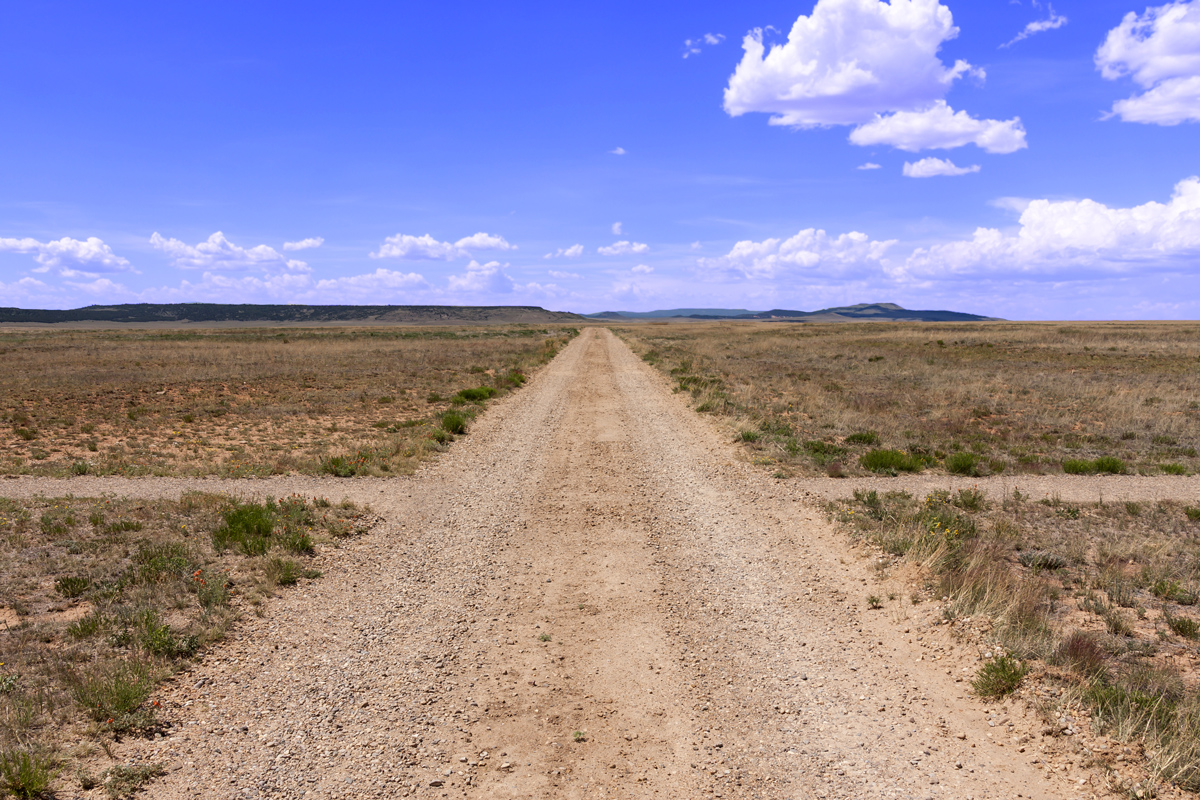
The Great American Total Solar Eclipse will race across the U.S. on Aug. 21, 2017, casting a shadow over 21 of the country's national parks coast to coast.
It's been nearly 100 years since a total solar eclipse has traveled the width of the U.S. and has been visible from the Pacific to the Atlantic Ocean. During the total solar eclipse on Aug. 21, the disk of the moon will move directly in front of the sun and will cast a shadow across the country.
The path of totality for the Aug. 21 solar eclipse is about 70 miles (113 kilometers) wide and stretches from Oregon to South Carolina, encompassing 21 U.S. national parks or historical monuments and scenic trails. [Total Solar Eclipse 2017: When, Where and How to See It (Safely)]
Special viewing glasses are required in order to safely view the solar eclipse. Some of the national parks hosting viewing events will be giving out glasses to visitors on the day of the eclipse. However, quantities will be limited, so anyone planning to view the eclipse should get a pair of solar viewing glasses prior to the event.
Witnessing the Great American Total Solar Eclipse from one of the country's national parks offers a unique and natural viewing experience, but many of the parks in the path of totality are situated in remote locations. Therefore, visitors should come prepared with enough food and water to stay hydrated in the summer heat. Visitors should also note that cell service and internet access may be limited in these areas.
Many of the national parks in the path of totality will host special viewing events or other related programs and activities. If you're planning on making a trip to see the total solar eclipse, here's a list of all of the national parks that will experience the daytime darkness cast by the moon's shadow.
John Day Fossil Beds National Monument, Oregon
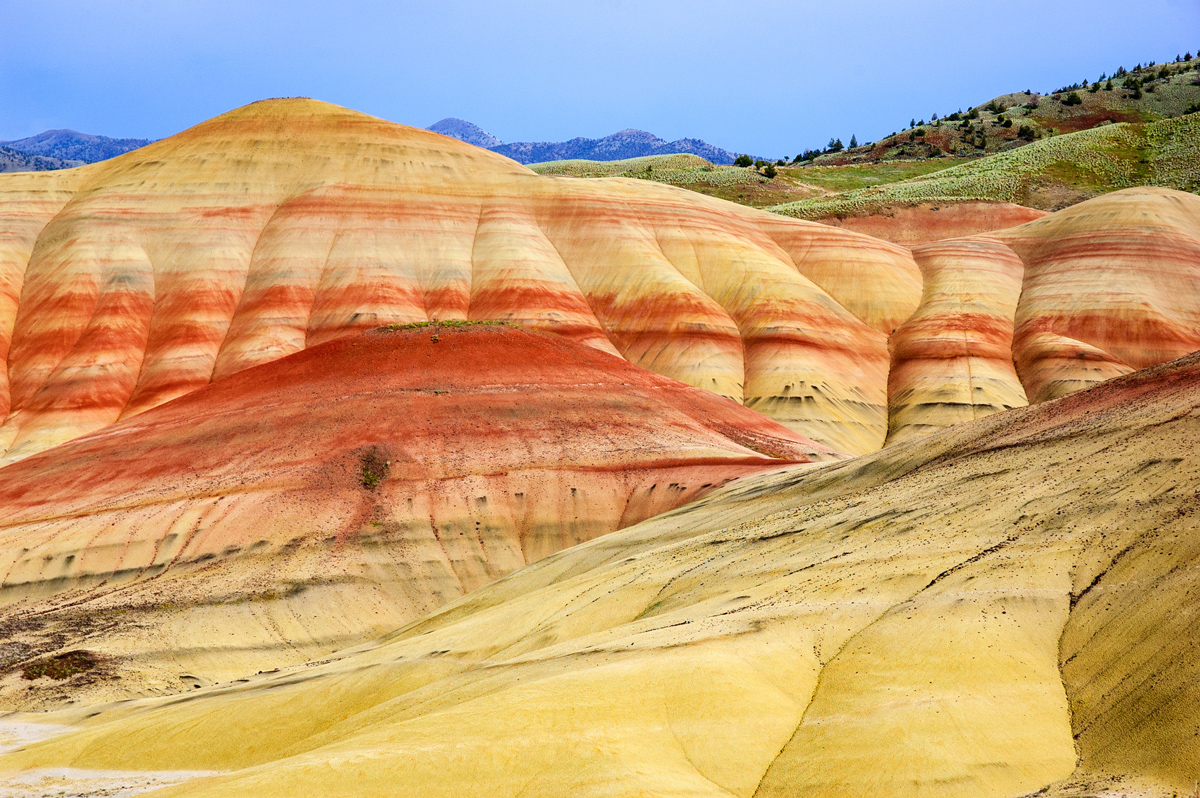
The National Park Service (NPS) expects "very large crowds" to flood the John Day Fossil Beds National Monument, as "Eastern Oregon is predicted to be one of the best total eclipse viewing areas in the country," according to the NPS website.
Located within the John Day River basin, the national monument is known for its abundance of well-preserved layers of plant and animal fossils, ranging from the late Eocene, about 45 million years ago, to the late Miocene, about 5 million years ago. The park consists of 13,944 acres (5,643 hectares) of semidesert shrublands and colorful badlands.
All three units of John Day Fossil Beds National Monument will plunge into darkness for up to 2 minutes. Both the Painted Hills Unit and the Sheep Rock Unit are directly under the centerline of the eclipse. The Clarno Unit, however, is north of centerline but still within the range of totality. [Total Solar Eclipse 2017: Path, Viewing Maps and Photo Guide]
Partial phases of the eclipse will begin shortly after 9 a.m. local time, with totality starting at approximately 10:20 a.m., depending on which unit you're in. The total solar eclipse will last for about 1 minute and 40 seconds at the Clarno Unit and just over 2 minutes at the Sheep Rock and Painted Hills units.
The park is open to the public on the day of the eclipse. There are no entrance or parking fees, but the park anticipates large crowds and advises visitors to arrive early to ensure they catch the eclipse. Designated parking areas will be set up, but because of the unusually heavy traffic and visitation, programs and park services will be limited on the day of the eclipse. The park also warns that areas that are normally open may be closed or open to foot traffic only.
Craters of the Moon National Monument and Preserve, Idaho
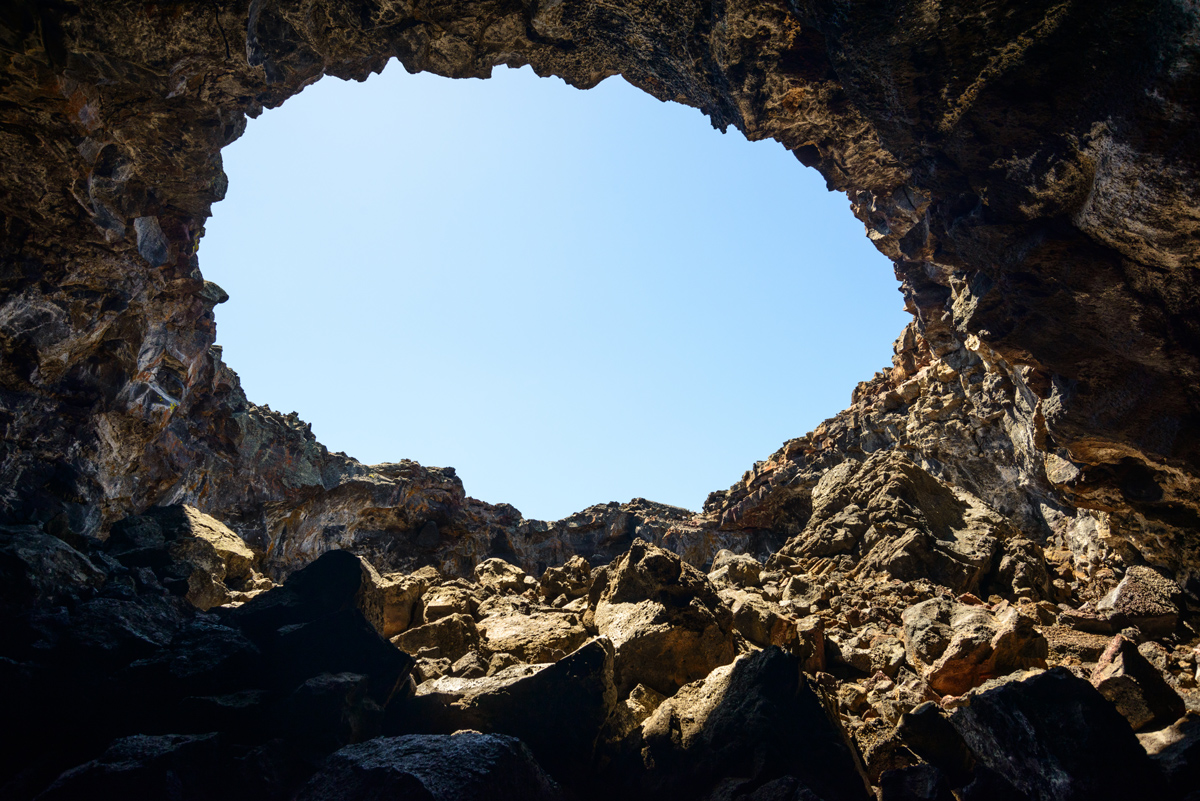
Located in the Snake River Plain of central Idaho, the lava fields of the Craters of the Moon National Monument and Preserve fall on the outskirts of the path of totality. The park is partnering with the city of Arco, NASA and Idaho State University to provide a special viewing event from 10 a.m. to 1 p.m. local time at the Bottolfsen Park in Arco.
On the day of the eclipse starting at 9:30 a.m. local time, there will be an educational presentation featuring details about the event and how to view it safely. A partial eclipse begins at 10:13 a.m. MDT, and the eclipse will reach totality at approximately 11:31 a.m. in this location. Skywatchers will experience about 1 minute and 39 seconds of darkness. Afterward, a partial eclipse will continue until approximately 12:30 p.m. MDT.
Following the eclipse, there will be a Space Science Exhibition, a presentation about ongoing research at Craters of the Moon and the chance for kids to earn their Lunar Ranger patch.
There will also be several special events at Craters of the Moon leading up to the total solar eclipse, including "star parties" on Aug. 18 and 19; a presentation called Eclipses, Transits and the Search For Life on Aug. 19; and another special eclipse presentation called "In the Shadow of the Moon," by NASA scientist and educator Brian Day, on Aug. 20. All eclipse events at Bottolfsen Park and Craters of the Moon are free to the public. You can find more event information here.
Grand Teton National Park, Wyoming
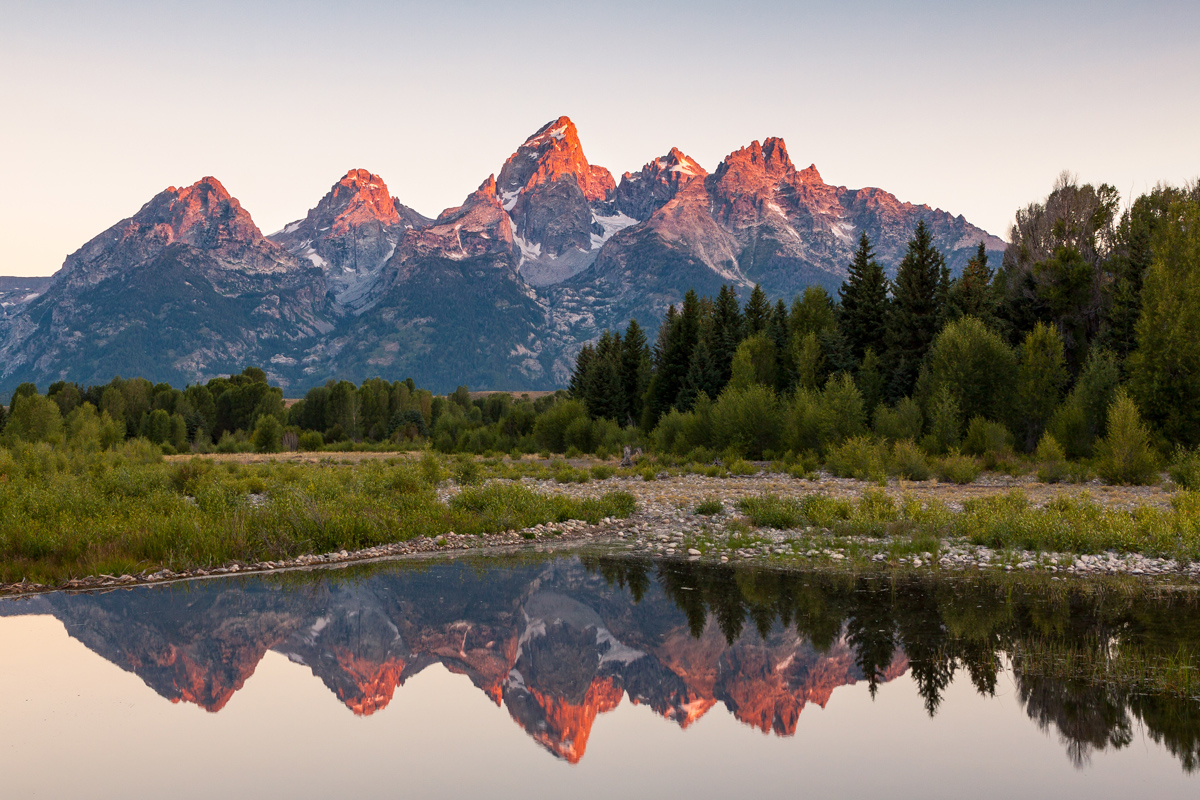
NPS officials are already preparing for what they expect to be the "busiest day ever" at Grand Teton National Park in northwestern Wyoming.
The park encompasses the 40-mile-long (64 kilometers) Teton Range — part of the Rocky Mountains — as well as most of the northern sections of the valley known as Jackson Hole. In this park, located in the middle of the eclipse path, viewers will experience up to 2 minutes and 40 seconds of darkness, depending on where they are in the park. Partial phases of the total solar eclipse will begin at 10:17 a.m. local time over Jackson Hole and reach totality at approximately 11:35 a.m.
Four viewing areas will be set up in the park: Gros Ventre Campground, Craig Thomas Discovery and Visitor Center, Jackson Lake Lodge and Colter Bay Visitor Center. On the day of the eclipse, the 8-mile (13 km) access road to the Gros Ventre Campground will be turned into a one-way road, running west to east, to create enough room for skywatchers to park and view the centerline of the eclipse.
The Gros Ventre viewing event, located in the southern part of the park, may require a ticket, because parking space along the road is limited. The park will release more details as the day of the eclipse gets closer. All other viewing areas will be free and open to the public. However, certain areas of the park — especially pullouts along the roads — may close when full.
All of the park's permitting requirements will be in place throughout the weekend of the eclipse, including backcountry permits, camping permits and boating permits. The park warns that area lodging is already booked and that all park campgrounds operate on a first-come, first-served basis and will likely fill up quickly.
If you plan to stick around at the park after the eclipse, there will be a free program for visitors to learn more about an aspect of astronomy. The event, To the Tetons and Beyond, will take place at the Laurance S. Rockefeller (LSR) Preserve Porch from 3:30 p.m. to 4 p.m. local time. Leading up to the day of the eclipse, the park will also host educational programs, stargazing events and other astronomy activities, beginning the night of Aug. 18.
Fort Laramie National Historic Site, Wyoming
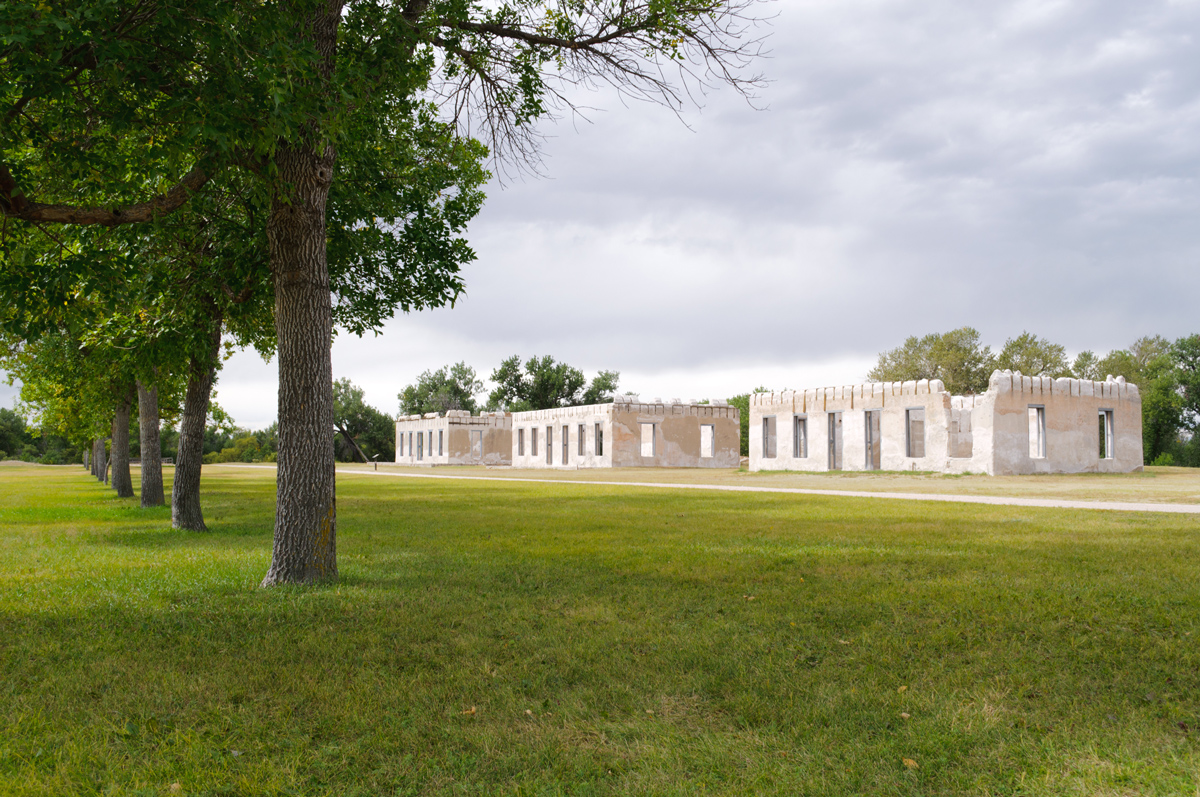
Fort Laramie is a National Historic Site in Wyoming and was once the largest military post on the Northern Plains. Because the Aug. 21 solar eclipse will cross over the center of the state, Fort Laramie falls directly along the path of totality.
The park will host a viewing event on the day of the eclipse from 10 a.m. to 2 p.m. local time. Viewers in this area will experience approximately 2 minutes and 14 seconds of totality, starting at about 11:46 a.m.
There is no lodging or camping at Fort Laramie National Historic Site. RV and camping sites are available in the town of Fort Laramie and nearby Guernsey State Park. Admission to the site and all events is free, and parking will be available near the Army Iron Bridge on-site.
Agate Fossil Beds National Monument, Nebraska
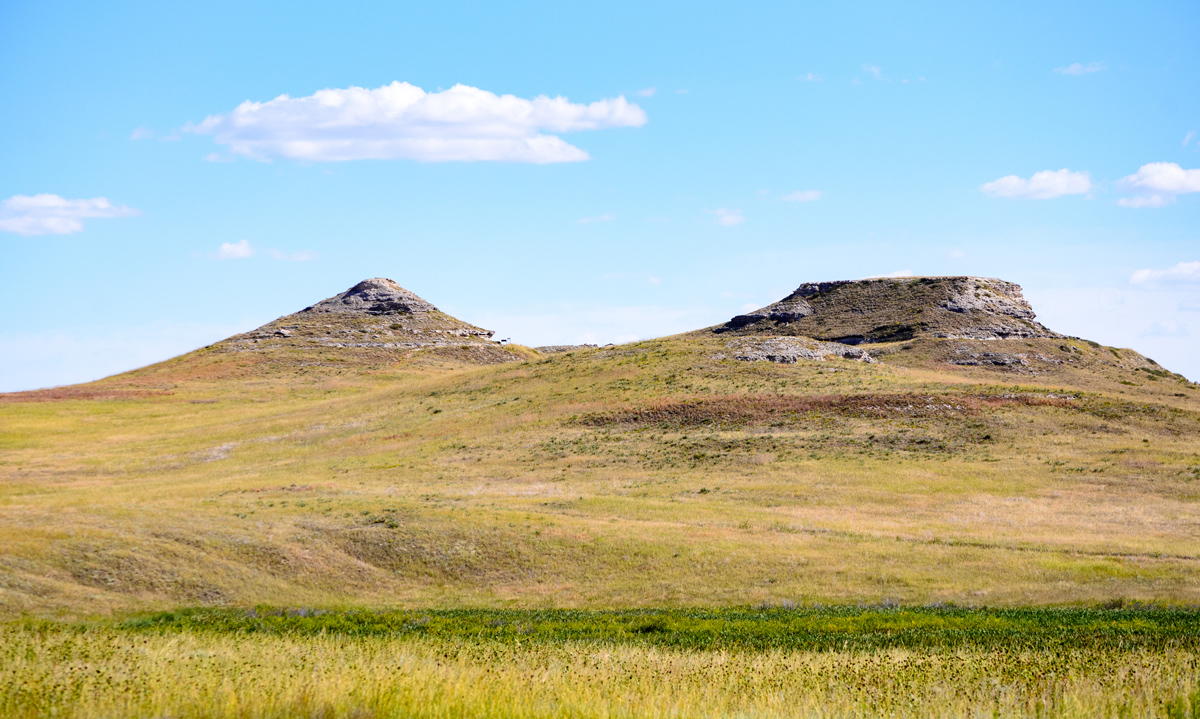
The Agate Fossil Beds National Monument in Nebraska will host daytime and nighttime astronomy programs, Native American sky stories, kids' activities and more throughout the weekend of the total solar eclipse (Aug. 19 through Aug. 21).
The area largely consists of grass-covered plains and is best known for the large number of well-preserved Miocene fossils that have been unearthed from dig sites on Carnegie Hill and University Hill within the park. The fossils unearthed in this area date back 20 million years.
The park falls near the center of the path of totality. A partial eclipse begins at 10:25 a.m. local time, with totality starting at 11:47 a.m. Viewers will experience total darkness for approximately 2 minutes and 23 seconds.
There will be designated viewing areas set up in the park. Amateur astronomers are also welcome to bring their telescopes and participate in educational talks to help inform visitors about the total solar eclipse. All eclipse events are free to the public.
Scotts Bluff National Monument, Nebraska
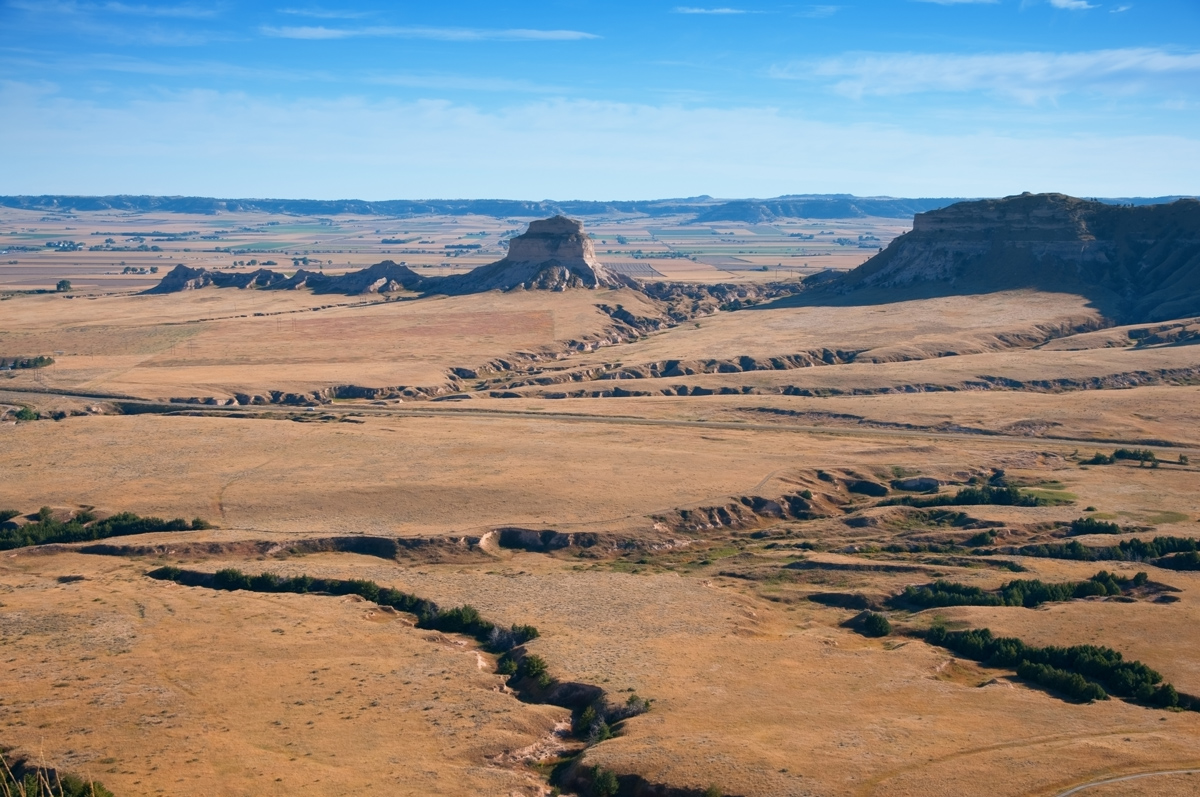
Scotts Bluff National Monument is located in western Nebraska and includes an important 19th-century landmark on the Oregon Trail and Mormon Trail. The site encompasses multiple bluffs on the south side of the North Platte River. The park is named for one of the most prominent bluffs, called Scotts Bluff, which rises over 800 feet (240 meters) at its highest point.
This historical landmark is located in the path of totality and will host multiple viewing events for the solar eclipse on Aug. 21. Events will be held at Five Rocks, Scotts Bluff National Monument, Legacy of the Plains, Landers Field and more. The park will also host a special night-sky viewing event from the top of the bluff, as well as other solar activities, on Aug. 19. However, parking for the viewing events will be limited. The viewing events are free to the public, but entrance fees to the park may apply.
Starting at 11:48 a.m. local time, viewers will experience approximately 1 minute and 42 seconds of darkness during the solar eclipse.
Homestead National Monument of America, Nebraska
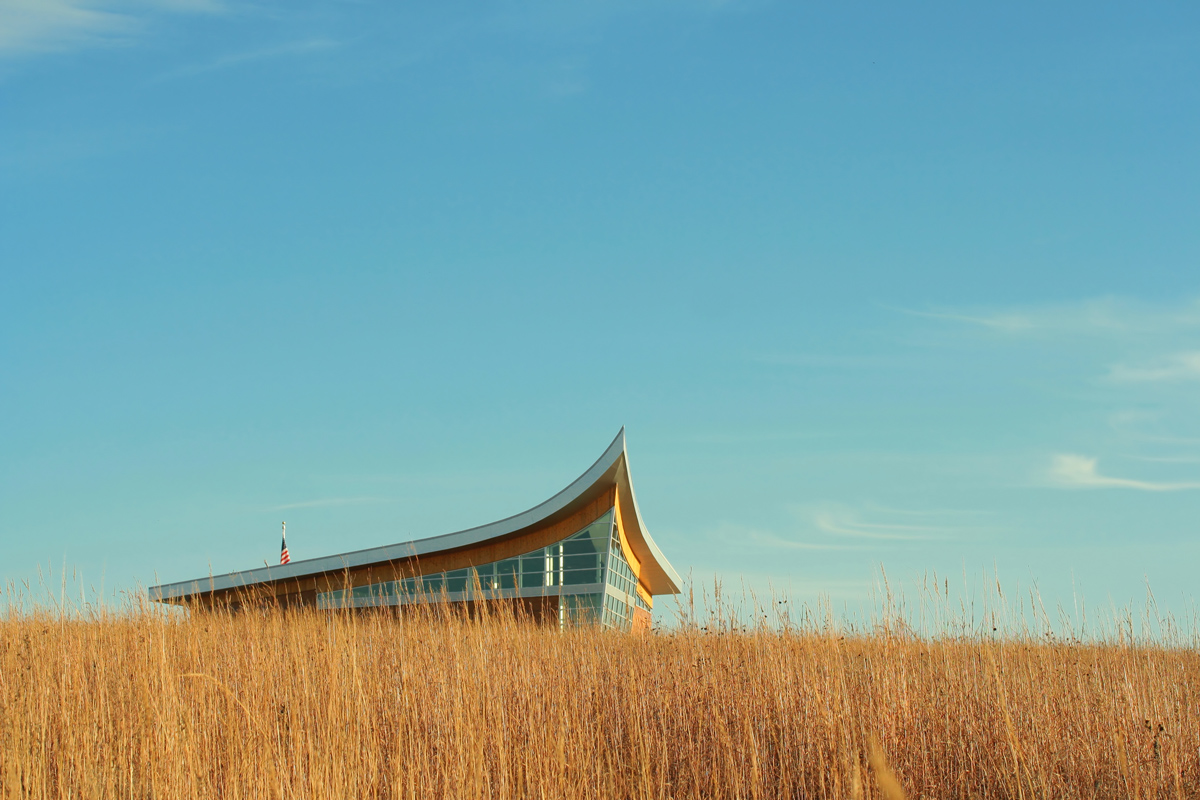
An entire long weekend of events (Aug. 19 through Aug. 21) has been planned for the solar eclipse at the Homestead National Monument of America in Nebraska. The historical site, which commemorates the passage of the Homestead Act of 1862 (which provided settlers with 160 acres of public land earch), is located in Gage County, Nebraska, and will experience 2 minutes and 34 seconds of darkness during the eclipse on Aug. 21.
Leading up to the eclipse, on Aug 19. and Aug. 20, the park will host activities at the Heritage and Education centers, including presentations from NASA officials, science and astronomy programs led by PBS Kids' "Ready Jet Go!" and stargazing events at night. Bill Nye, the popular science communicator and CEO of The Planetary Society, will even make an appearance at the park on the day of the eclipse to welcome skywatchers and introduce the NPS' new Junior Ranger Eclipse Explorer booklet.
On Aug. 21, skywatchers can enjoy a countdown to eclipse totality, which will start at 1:02 p.m. local time. Partial phases of the eclipse will begin at 11:37 a.m. All solar eclipse programs at Homestead are free to the public. You can find a full lineup of events here.
Harry S. Truman National Historic Site, Missouri

This site celebrates Harry S. Truman, the 33rd president of the United States, as well as other properties associated with his family. The more than 50,000 artifacts on display at the historical site offer a glimpse at the personal life of the Truman family.
The Harry S. Truman National Historic Site falls within the path of totality and will be open to visitors to watch the eclipse. Partial phase starts at 11:41 a.m. local time, while totality begins at 1:08 a.m. Totality will last 1 minute and 10 seconds.
Lewis and Clark National Historic Trail, Missouri
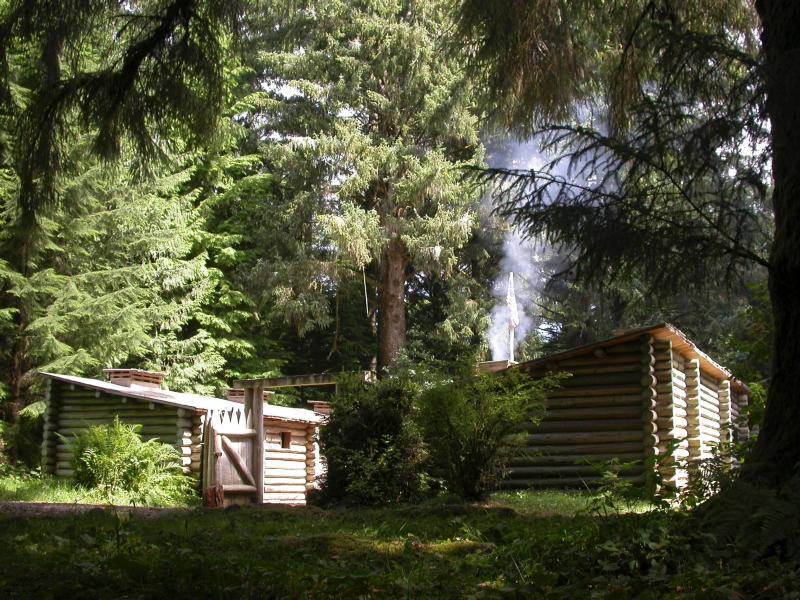
The Lewis and Clark National Historic Trail commemorates Meriwether Lewis and William Clark's famous expedition from 1804 to 1806. The trail extends for some 3,700 miles (6,000 km) from Wood River, Illinois, to the mouth of the Columbia River, in Oregon.
However, only some areas of the Lewis and Clark National Historic Trail converge with the path of totality, including Jefferson City, Kansas City and St. Joseph in Missouri. The Lewis and Clark Memorial in downtown Kansas City at Clark's Point falls on the edge of the path of totality and will see only about 27 seconds of darkness during the eclipse. In Kansas City, totality starts at 1:08 p.m.
Jefferson City also honors the trailblazers with a Lewis and Clark monument next to the Missouri State Capitol. Here, skywatchers will experience 2 minutes and 29 seconds of totality, starting at 1:13 p.m.
The Lewis and Clark National Historic Trail also runs through St. Joseph, which is very close to the centerline of the solar eclipse path. Viewers in St. Joseph will experience 2 minutes and 38 seconds of totality, starting at 1:06 p.m.
Ulysses S. Grant National Historic Site, Missouri
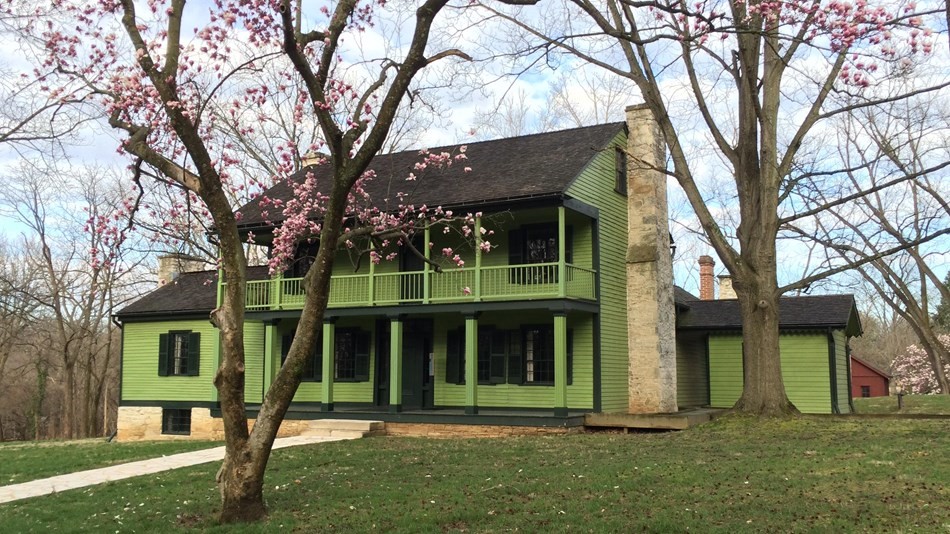
The Ulysses S. Grant National Historic Site is a 9.65-acre (3.9 hectares) plantation located in St. Louis. The site honors Ulysses S. Grant, who was a general in the Civil War and the 18th president of the U.S.
This National Historic Site falls in the path of totality, and viewers in this location will see 1 minute and 33 seconds of darkness. At this park, the partial phase of the eclipse begins at 11:49 a.m. and will reach totality at 1:17 p.m. The park will be open to skywatchers on the day of the eclipse. Entrance to the Ulysses S. Grant National Historic Site is free.
Leading up to eclipse, the National Historic Site will host a Junior Ranger solar eclipse program and a total solar eclipse lecture on June 23. The public is invited to the park to learn more about solar eclipses and the total eclipse on Aug. 21. Both events are free, but reservations are required for the total solar eclipse lecture with Don Ficken, chairman of the St. Louis Eclipse Task Force.
Join our Space Forums to keep talking space on the latest missions, night sky and more! And if you have a news tip, correction or comment, let us know at: community@space.com.
Get the Space.com Newsletter
Breaking space news, the latest updates on rocket launches, skywatching events and more!

Samantha Mathewson joined Space.com as an intern in the summer of 2016. She received a B.A. in Journalism and Environmental Science at the University of New Haven, in Connecticut. Previously, her work has been published in Nature World News. When not writing or reading about science, Samantha enjoys traveling to new places and taking photos! You can follow her on Twitter @Sam_Ashley13.
